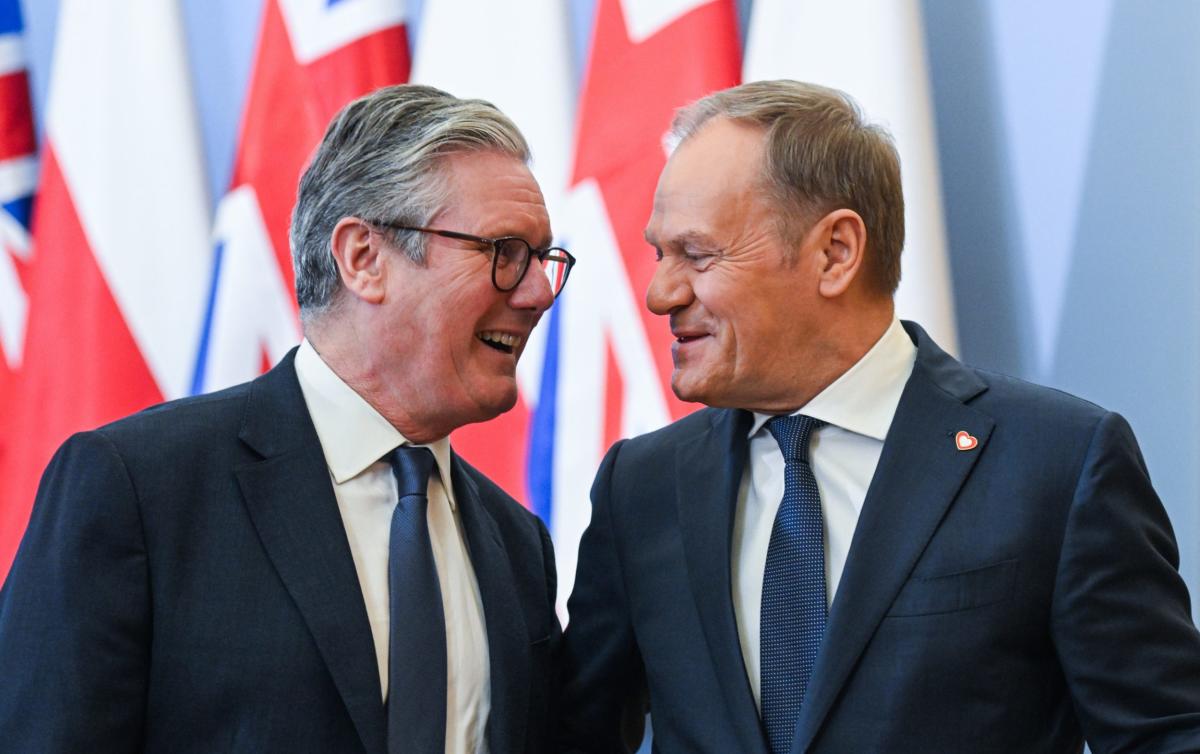US President Donald Trump has announced a major energy deal with Indian Prime Minister Narendra Modi, under which India will significantly increase its imports of US oil and gas. The agreement aims to help reduce the trade deficit between the two nations.
“They’re going to be purchasing a lot of our oil and gas. They need it, and we have it,” Trump stated during a joint press conference in Washington.
Modi emphasized India’s commitment to energy security, highlighting plans to expand trade in oil and gas while also investing more in nuclear energy.
Modi’s two-day visit comes at a time when Trump has been pushing for reciprocal tariffs—imposing duties on imports that match those charged by trading partners on American goods. Despite occasional trade friction, Trump and Modi have built a strong personal rapport.
“We’ve had a wonderful relationship,” Trump remarked as he welcomed Modi to the US capital.
The US president also confirmed plans to expand military sales to India, including the eventual supply of advanced F-35 fighter jets.
Immigration was another key topic on the agenda. Trump reportedly urged India to repatriate thousands of undocumented immigrants currently residing in the US.
Modi, in turn, discussed technology, innovation, and space exploration during a meeting with Tesla and SpaceX CEO Elon Musk. “I firmly believe that with President Trump, we will work at twice the speed we did in his first term,” Modi said.
Meanwhile, Trump continues to push for stricter trade policies. Ahead of his meeting with Modi, he ordered his advisers to prepare new global tariffs, warning that they could take effect as early as April 1.
“Our allies are worse than our enemies when it comes to import taxes,” Trump told reporters. “We had a very unfair system—everyone took advantage of the United States.”
The White House issued a statement highlighting trade imbalances between the US and India. According to the document, the average US tariff on agricultural goods is just 5% for countries granted Most Favored Nation (MFN) status. In contrast, India’s average applied MFN tariff stands at 39%.
The statement also pointed out disparities in specific industries: “India charges a 100% tariff on US motorcycles, while we impose only a 2.4% tariff on Indian motorcycles.”
Trump acknowledged concerns that his tariff policies could raise consumer prices but remained confident in their long-term benefits. “Prices could go up somewhat in the short term, but they will also go down,” he argued. “This policy will boost American manufacturing and flood the country with jobs.”
Trump has already imposed an additional 10% tariff on Chinese imports, citing concerns over fentanyl production, which has fueled the US opioid crisis. He is also preparing to introduce tariffs on Canada and Mexico—America’s two largest trading partners—following a temporary suspension set to expire in March.
Furthermore, on Monday, Trump removed exemptions from his 2018 tariffs on steel and aluminum, further intensifying his administration’s trade policies.
With these sweeping economic measures, Trump is positioning his administration as tough on trade while securing strategic deals with key partners like India.




